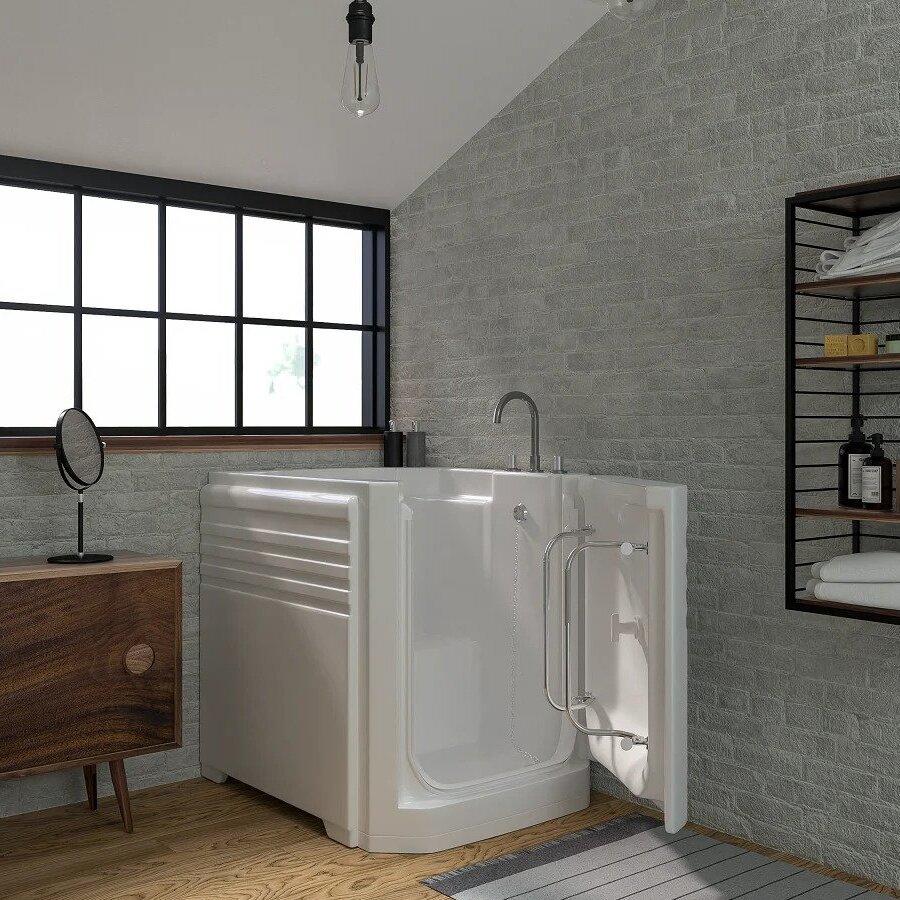
Entering the world of homeownership can be an overwhelming and exciting experience, especially if it’s your first time looking for a home to own. For most people, purchasing a home is the biggest investment they will make in their lifetime. With the complexity of the housing market and the countless decisions that need to be made, first-time homebuyers must be well-prepared and informed. This comprehensive guide is designed to provide valuable insights, expert advice, and practical tips to help you confidently navigate the real estate market. By following these pro tips, you can make all the right decisions in the right direction and ultimately find the perfect home to suit your needs and aspirations.
Choose the Right Realtor: The Importance of Local Expertise
When it comes to finding the ideal property, selecting the right realtor is crucial for a successful home-buying experience. There are over 1.4 million registered real estate agents in the United States, with nearly 13,000 agents in Austin, Texas alone. Austin’s booming real estate market has attracted a significant number of professionals, making it more important than ever to find an agent with in-depth knowledge of the local market. A recent study revealed that Austin ranked among the top 10 fastest-growing cities in the United States. One standout option for those looking to buy a home in Austin is Spyglass Realty, a boutique real estate firm that specializes in the area’s diverse and dynamic market.
Understand Your Financial Situation
Before diving into house hunting, it’s essential to have a clear understanding of your financial situation. Start by assessing your credit score, determining your budget, and getting pre-approved for a mortgage. Additionally, calculate an emergency fund for unexpected expenses or changes in income. Avoid overestimating your budget, leading to financial stress and potential foreclosure. Knowing your financial limits will help you make realistic decisions and avoid overextending yourself.
Research the Housing Market
Invest time in researching the housing market trends in your desired area. Familiarize yourself with the local real estate trends, median home prices, and neighborhood demographics. Monitor recent sales and property values. Subscribe to real estate newsletters or blogs for updates on local market conditions. Visit local community centers and speak with residents to gather insights on neighborhood dynamics. Use online tools and resources to compare neighborhoods based on factors such as crime rates, school quality, and proximity to amenities. This will help you identify the appropriate rates and the best time to buy your desired property. In August 2021, the median sales price of homes in the U.S. was $356,700.
Work with an Experienced Real Estate Agent
An experienced real estate agent can be an invaluable resource for first-time homebuyers. They can provide expert guidance, negotiate on your behalf, and help you navigate the intricacies of the home-buying process. Studies show that homebuyers who work with an agent save time and money in the long run. 89% of homebuyers purchased their homes through a real estate agent in 2020.
Interview multiple agents and seek recommendations to gauge their reputation and reliability before selecting one. Ensure your agent thoroughly understands the local market and has a strong track record of successful transactions.
Determine Your Must-Haves and Deal-Breakers
Before house hunting, make a list of your must-haves and deal-breakers to help you stay focused on finding the right home. Consider factors like location, size, amenities, and overall condition. Consider future needs, such as potential family growth or changes in employment. Be prepared to compromise on certain aspects to stay within your budget and find the best value. Having a clear set of priorities will streamline the search process and prevent you from settling for a less-than-ideal property. For example, in a survey conducted in 2020, 78% of homebuyers reported that the quality of the neighborhood was a key factor in their home-buying decision.
Attend Open Houses and Home Showings
Attending open houses and home showings is a critical part of the home-buying process. These events allow you to explore potential properties, ask questions, and get a feel for the neighborhood. Realtors suggest that viewing at least 8-10 homes before making an offer increases the likelihood of finding the right fit. It is wise to arrive early to open houses to avoid crowds and secure one-on-one time with the listing agent. Ask for property disclosure statements to learn about any known issues or improvements.
Use home showing visits to assess the surrounding neighborhood, such as noise levels, traffic patterns, and overall curb appeal.
Make a Competitive Offer
In a competitive housing market, it’s essential to make a strong and enticing offer. Work with your realtor to determine the appropriate offer price based on comparable properties in the area. Be prepared to act quickly, as homes in high-demand areas can sell within days or even hours. Consider including a personal letter to the seller highlighting your connection to the property and reasons for wanting to purchase it. Collaborate with your agent to determine any contingencies, such as financing or inspection, to include in your offer. Be open to negotiation and prepare for potential counteroffers from the seller.
Secure Financing
Shop around for the most suitable mortgage rates and terms to secure financing for your new home. Statistics show that homebuyers who compare mortgage offers can save thousands of dollars over the course of their loan. The average 30-year fixed mortgage rate in April 2023 is 6.27%.
Gather all required documentation before applying for a mortgage, such as tax returns, bank statements, and pay stubs. Consider working with a mortgage broker to gain access to a wider range of loan options and lenders. Maintain a strong credit score and avoid making large purchases or applying for new credit during the mortgage application process.
Schedule a Home Inspection
A professional home inspection is crucial to identify potential issues with the property. Hire a licensed and well-reputed home inspector to ensure a thorough and unbiased evaluation. Attend the inspection to ask questions, gain insights, and better understand potential issues. Request a detailed written report of the inspection findings, complete with photos and explanations. Use the inspection report to create a prioritized list of repairs, which can help you negotiate with the seller or plan for future maintenance.
Plan for Closing Costs and Moving Expenses
Prepare for the additional costs associated with closing on your new home and moving. Closing costs typically range from 2-5% of the home’s purchase price and can include fees for appraisals, title insurance, and loan origination. Create a budget for moving expenses, such as hiring professional movers, renting a truck, or purchasing packing supplies. Set aside funds in advance to cover these expenses and avoid last-minute financial stress. Compare quotes from multiple moving companies or rental truck providers to find the best value.
Conclusion
Embarking on the journey of homeownership can be daunting. Still, by following these tips and surrounding yourself with a strong support system, you’ll be well-equipped to make informed decisions and successfully navigate the real estate market. Don’t forget knowledge is power when it comes to home buying. Take the time to research, plan, and prepare, and you’ll be on your way to finding the perfect home that meets your needs, budget, and dreams. The road to homeownership may be filled
with twists and turns, but with patience, determination, and the right guidance, you’ll soon be holding the keys to your very own piece of paradise.






